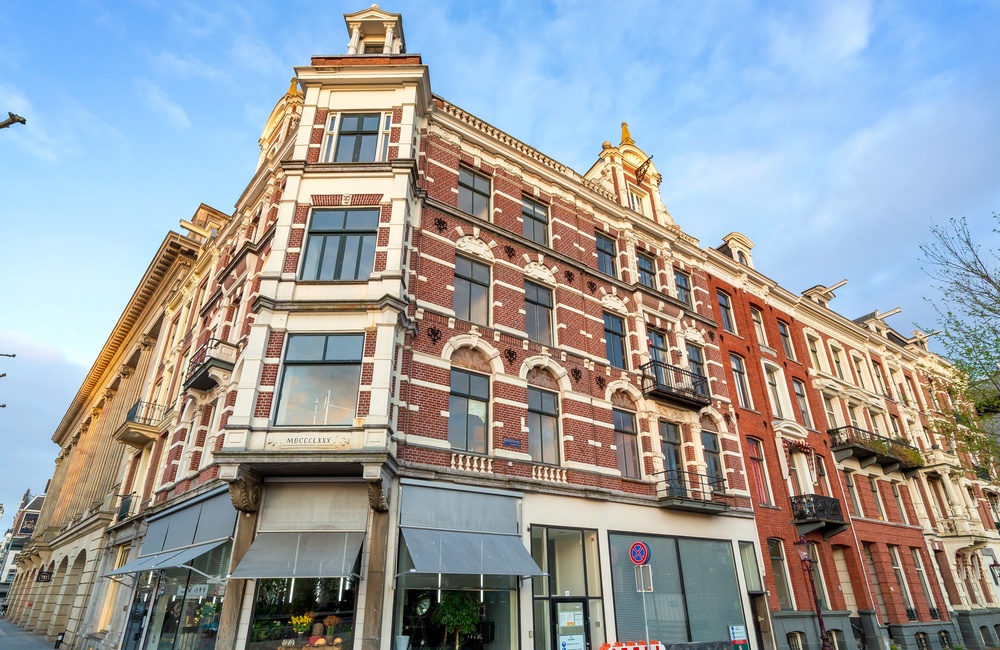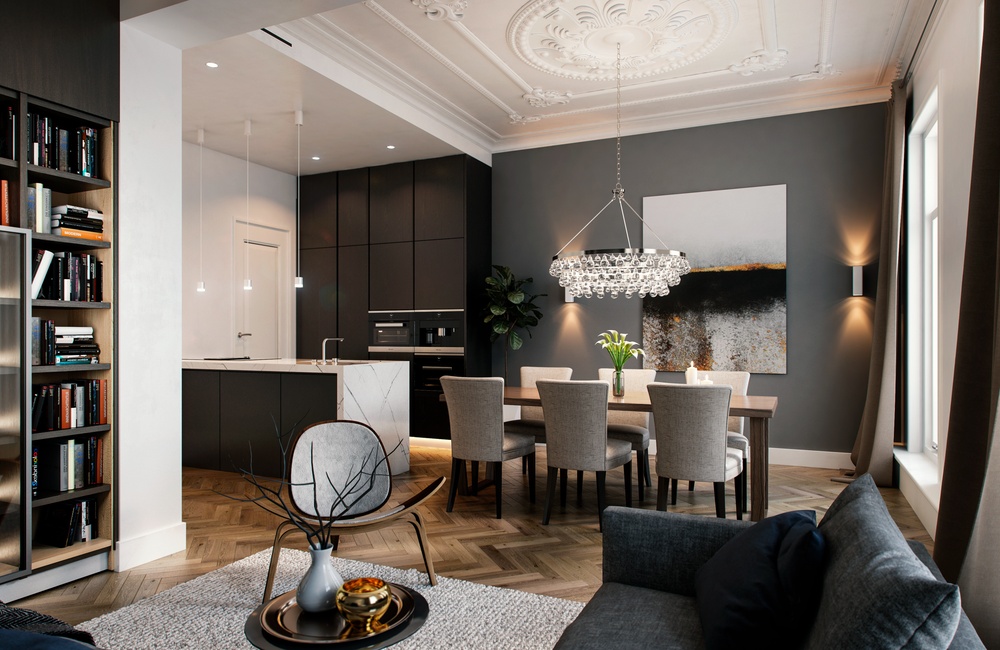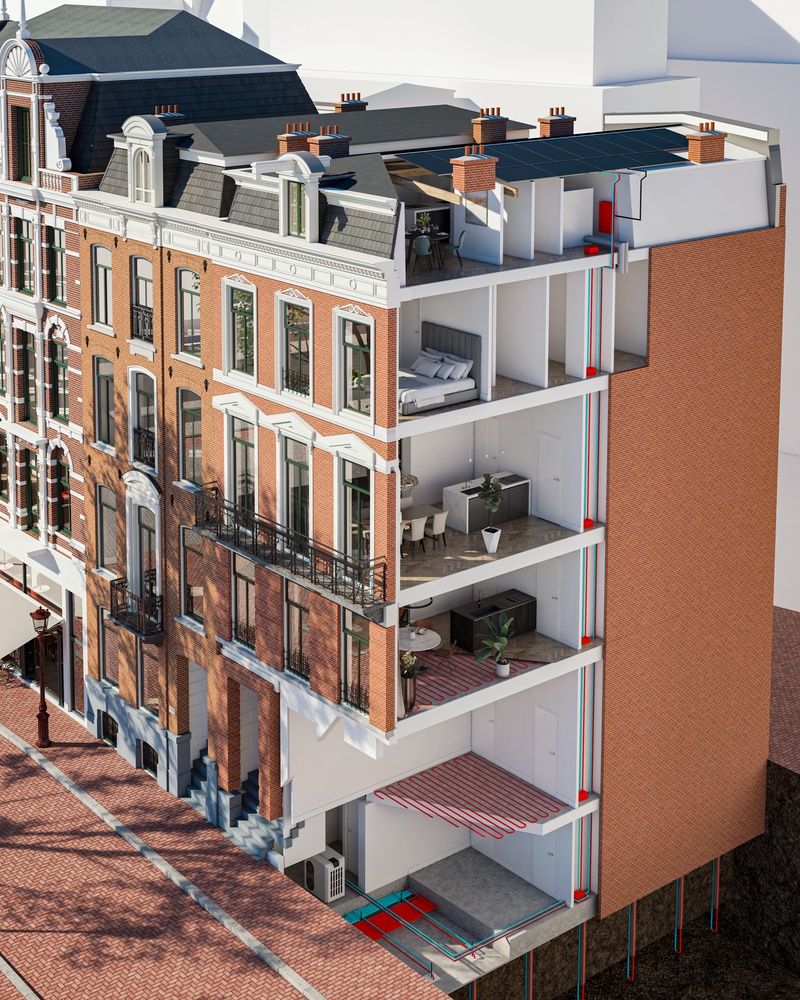Kernwaarde Groen makes monuments natural gas-free
Kernwaarde Groen (Green Core Value) has recently become a member of the Dutch Active House Alliance. Robert Sengers has been working on sustainability for many years. The current icing on the sustainability cake is to make two canal houses in Amsterdam free of natural gas.
Robert Sengers: “When I started Kernwaarde Groen in 2014, I believed the whole world was working on sustainability but it was not bringing about tangible results. Commercial investors sitting at the table would often dig their heels in at the mere mention of sustainability. Only in the last few years have I seen property investors taking steps when it comes to sustainability.”
Saving energy
Sengers points out that sustainability is often a point on the agenda, but the focus is usually on saving energy. “My portfolio has clients committed to becoming Paris Proof, but it is clear that the requirement imposed on office buildings to have energy label C or higher will not be met. This requirement will probably need to be postponed. For investors and contractors, it is a complex process, even though they are only addressing the energy label.”
The principles of circular construction and the use of reusable raw materials have not been taken up by private investors. “Institutional and commercial investors, with a market share of approximately 10%, are adopting sustainability and circularity. It hasn’t caught on more widely yet.”
Gas-free canal house
Kernwaarde Groen makes offices, houses, shops and monuments more sustainable. One standout project consists of two canal houses on the Leidsekade in Amsterdam having been made gas-free.
The roof, façades and foundations of the buildings were addressed at the same time to improve the thermal envelope. The resulting decrease in heat loss means lower energy consumption.
Robert Sengers: “We are adding thermo-active piles to two canal houses, to use energy from the ground. We have built a basement, consisting of a very large pre-fab container with new piles. When building the new foundations, new piles were also driven in, 54 of them in total. These piles function as a geothermal heat exchanger to extract energy from the soil.
The system is based on very low temperature (VLT) heating, with a maximum input temperature for the central heating as low as 35 °C. The heating system requires less energy than before the renovations, as a result of improved insulation, draught exclusion and heat recovery ventilation. Healthier materials have been selected to improve the salubriousness of the indoor climate.
Robert Sengers: “The upshot is the completion of two beautiful buildings that improve the residents’ health and comfort with no negative impact on either the environment or the broader outdoor climate. This project is all about Comfort, Energy and the Environment.” These canal houses are ready to be lived in for another 75 years.
Read the full article here.





